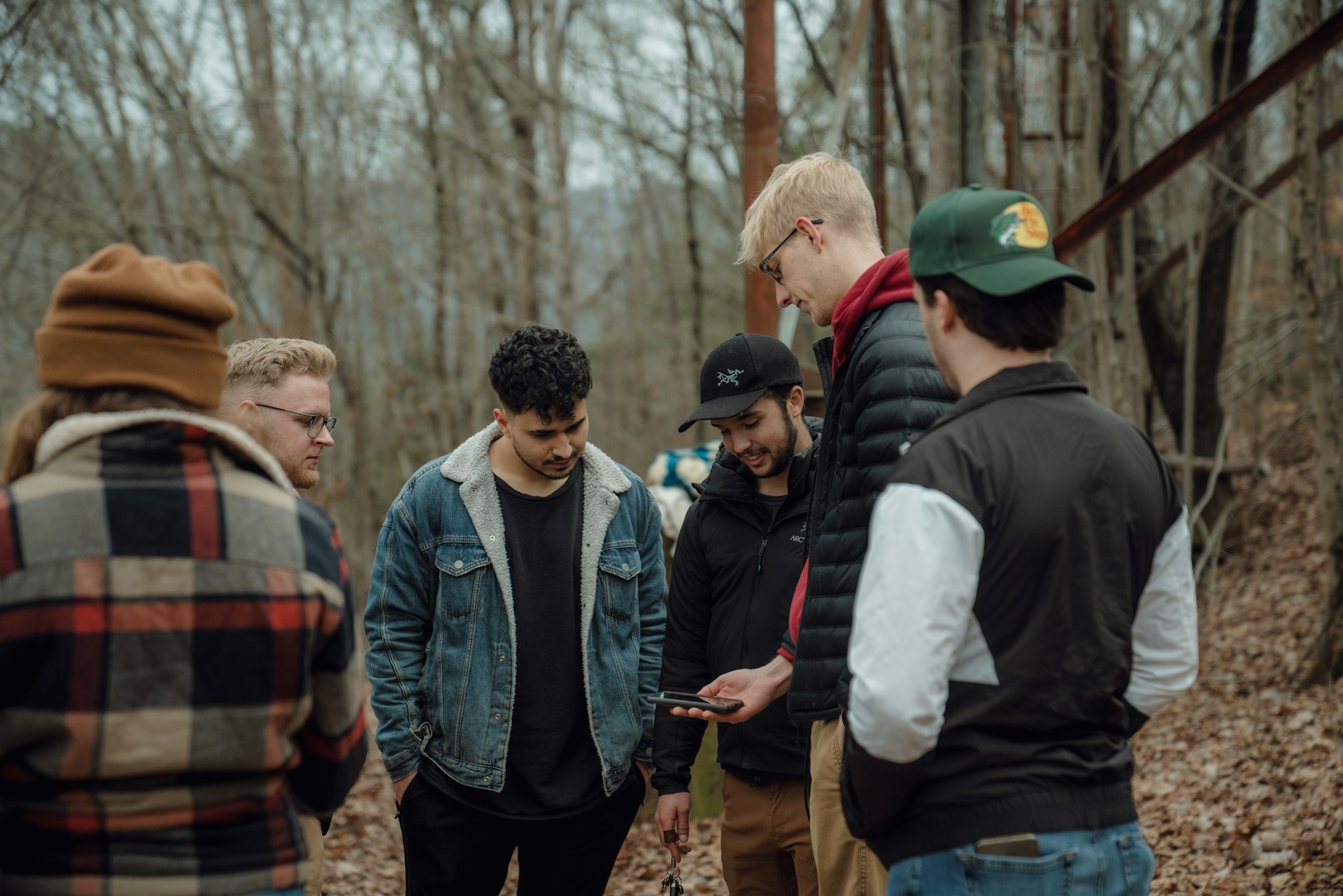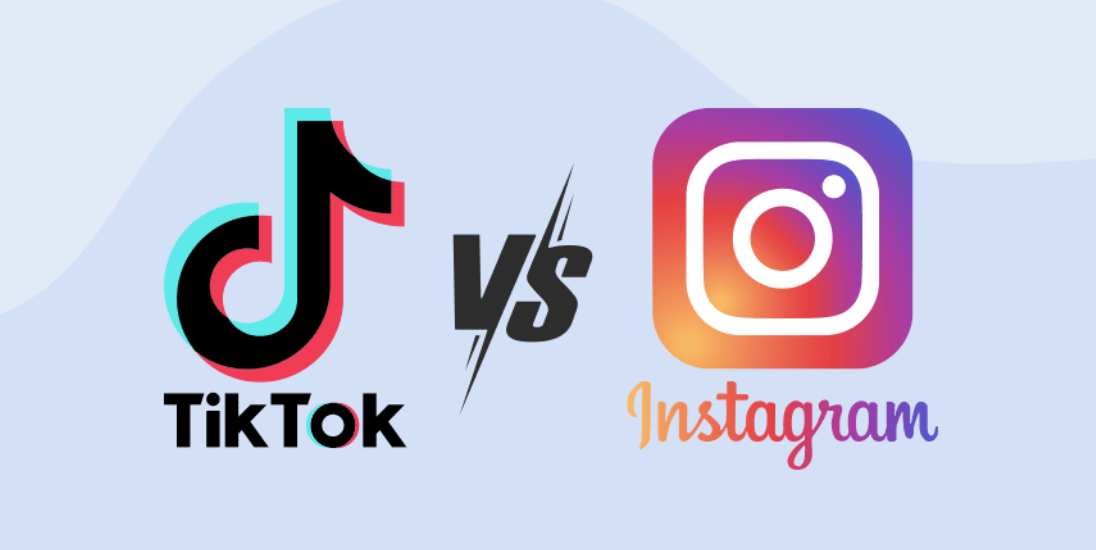The influencer landscape is shifting faster than a TikTok trend cycle. Just when you think you've got it figured out, boom: everything changes again.
As we look ahead to 2026, the question isn't whether influencer marketing will survive (spoiler: it will), but how dramatically it's going to evolve. For digital marketing agency owners, startup founders, and D2C brands, understanding these changes isn't just helpful. It's essential for staying competitive.
You know what's fascinating? We're moving away from the wild west days of influencer marketing where throwing money at anyone with decent follower count was considered strategy. The future is smarter, more authentic, and honestly, way more interesting.
The Death of Vanity Metrics (Finally!)
Remember when brands would chase influencers purely based on follower count? Those days are becoming ancient history. By 2026, engagement rates, conversion metrics, and brand alignment will matter infinitely more than whether someone has a blue checkmark or a million followers.
Here's the thing: micro and nano-influencers are already proving their worth. A beauty brand might get better ROI from ten influencers with 10,000 engaged followers each than one mega-influencer with a million passive ones. The math just makes sense.
This shift is creating opportunities for smaller creators who genuinely connect with their audiences. They're building communities, not just collecting followers. Smart brands are starting to notice.
The authenticity factor is huge here. Audiences can smell a fake endorsement from miles away now. They've been burned too many times by obviously sponsored content that felt forced or irrelevant. Trust me, your customers are smarter than you think.
AI-Powered Discovery and Management
Let's talk about something that's already happening but will explode by 2026: AI-driven influencer marketing platforms. These aren't your basic search tools anymore. We're talking about sophisticated systems that can predict campaign success, identify emerging creators before they blow up, and match brands with influencers based on audience psychographics rather than just demographics.
Imagine having a system that can tell you, "Hey, this creator's audience has a 73% likelihood of purchasing skincare products within the next month." That's not science fiction anymore. Companies like AspireIQ and Grin are already building these capabilities.
But here's where it gets really interesting: AI will also help influencers themselves. Content creation tools powered by machine learning will help creators produce better content faster. Think personalized editing suggestions, optimal posting times based on audience behavior, and even content ideas generated from trending topics in their niche.
The flip side? Authenticity becomes even more precious when AI can generate seemingly genuine content. Audiences will develop an even keener eye for what's real versus what's manufactured.
.jpg)
The Rise of Virtual Influencers
Okay, this one might sound weird, but stick with me. Virtual influencers like Lil Miquela and Shudu aren't just novelties anymore. They're legitimate marketing channels. By 2026, we'll see brands creating their own virtual personalities to represent their products and values.
Why? Control. Virtual influencers never have scandals, never go off-brand, and never demand higher rates based on their growing popularity. They're available 24/7 and can be programmed to embody exactly what a brand wants to communicate.
Plus, younger audiences are surprisingly open to following and engaging with virtual personalities. They grew up with video game characters and animated avatars, so this isn't as strange to them as it might be to older generations.
But virtual influencers won't replace human ones entirely. They'll coexist, serving different purposes. Human influencers bring genuine emotion, real experiences, and authentic reactions that no AI can truly replicate. Yet.
Platform Diversification Beyond the Big Three
Instagram, TikTok, and YouTube have dominated influencer marketing for years. By 2026, that landscape will be much more fragmented, and that's actually a good thing for brands willing to adapt.
Emerging platforms like BeReal (if it maintains momentum), newer features within existing apps, and potentially entirely new social networks will create opportunities for early adopters. Remember when brands first started using TikTok? The ones who jumped in early got incredible organic reach before the algorithm became saturated.
Here's what smart marketers are already doing: they're not putting all their eggs in one platform basket. They're building diversified influencer strategies that can adapt when the next big platform emerges or when existing platforms change their algorithms (because they always do).
Gaming platforms like Twitch and Discord are becoming legitimate influencer marketing channels too. If your brand can authentically connect with gaming culture, you're looking at incredibly engaged audiences who are often willing to spend money on products their favorite creators recommend.
The key is staying flexible. Platform preferences shift with generational changes, cultural moments, and technology updates. The brands that can pivot quickly will always find their audience.
The Creator Economy Gets Professional
By 2026, we'll see influencer marketing become much more professionalized. We're talking about creators with proper business managers, standardized contract templates, and industry-wide rate cards that make pricing transparent and fair.
This professionalization benefits everyone. Brands get more reliable partnerships with clear deliverables and professional standards. Creators get better protection, fairer compensation, and career stability. The days of exploitative brand deals and unclear expectations are numbered.
Professional creator management companies are already emerging, handling everything from contract negotiations to content strategy for their influencer clients. Think of them like talent agencies for the digital age.
This professionalization will separate serious creators from hobbyists, which isn't necessarily bad. It means brands will have clearer tiers to work with, from amateur creators perfect for authentic local campaigns to professional influencers capable of managing complex, multi-platform campaigns.
Hyper-Personalization and Niche Communities
The future belongs to specificity. Instead of trying to reach everyone, successful influencer campaigns in 2026 will focus on reaching exactly the right people at exactly the right time with exactly the right message.
Think about it: would you rather have your product featured to a million random people or to 10,000 people who are actively shopping for what you sell? The answer's obvious, but it requires a fundamental shift in how we think about influencer partnerships.
Niche communities are where the magic happens. There are influencers with 5,000 followers who are considered authorities in very specific areas: sustainable fashion, urban gardening, vintage tech restoration. Their audiences trust them implicitly within those niches.
This trend toward hyper-personalization means brands need to get much better at understanding their ideal customers. What do they care about beyond your product? What communities are they part of? What influencers do they genuinely trust?
The brands winning in 2026 will be those that can identify and partner with influencers who naturally align with their customers' interests and values, even if those influencers aren't obvious fits at first glance.
Long-Term Partnerships Replace One-Off Campaigns
Here's something that'll make your CFO happy: long-term influencer partnerships are more cost-effective and more successful than one-off sponsored posts. By 2026, this approach will be standard practice rather than the exception.
When influencers genuinely use and love a product over time, their endorsements become significantly more believable. Their audiences can see the authentic relationship develop, which builds trust in both the creator and the brand.
These partnerships also allow for more sophisticated content creation. Instead of single sponsored posts, you get integrated product placement across multiple types of content over extended periods. The influencer becomes a genuine brand ambassador rather than just a hired spokesperson.
Smart brands are already moving in this direction, offering influencers annual contracts with performance bonuses rather than paying per post. It's a more sustainable model for everyone involved.
.jpg)
Regulatory Changes and Transparency Requirements
Let's address the elephant in the room: regulation. By 2026, influencer marketing will face much stricter disclosure requirements and advertising standards. The FTC is already cracking down on inadequate sponsorship disclosures, and this trend will accelerate.
This isn't necessarily bad news. Clear regulations create a level playing field and force everyone to be more transparent, which ultimately benefits consumers and legitimate brands alike.
We'll likely see standardized disclosure formats, stricter penalties for non-compliance, and possibly even licensing requirements for professional influencers. It sounds bureaucratic, but it'll help legitimize the industry and weed out bad actors.
Brands that get ahead of these changes by implementing clear disclosure policies and working only with compliant creators will have competitive advantages. They'll avoid regulatory issues and build stronger consumer trust through transparency.
What This Means for Your Business
So where does this leave digital marketing agencies, startup founders, and D2C brands? The opportunities are massive, but they require strategic thinking and adaptability.
First, stop chasing follower counts and start focusing on audience quality and engagement. Develop systems for identifying influencers whose audiences genuinely align with your target customers, even if those influencers aren't obviously connected to your industry.
Second, invest in long-term relationships rather than one-off campaigns. Find creators who genuinely connect with your brand values and build partnerships that benefit both parties over time.
Third, diversify your platform strategy. Don't rely entirely on Instagram or TikTok. Explore emerging platforms and niche communities where your audience might be gathering.
Fourth, embrace technology while maintaining human authenticity. Use AI tools for discovery and analytics, but remember that genuine human connections drive purchasing decisions.
Finally, prepare for increased regulation and professionalization. Develop clear policies, fair contracts, and transparent practices that'll serve you well as the industry matures.
The influencer marketing landscape of 2026 won't look exactly like today's, but the brands that adapt thoughtfully to these changes will find incredible opportunities for growth and customer connection. The future's bright. It's just going to be different than what we're used to.
And honestly? That's probably a good thing.
About Avalan
Automatic tracking of posts, Stories, Reels and TikToks saves you time and ensures you always know what’s live. Collaboration, content approval and performance dashboards are all handled in one place - no more spreadsheets or scattered workflows.
Whether you're a D2C brand scaling campaigns, a B2B marketer building trust, or an agency managing multiple clients, Avalan gives you smart tools to run smarter influencer programs, faster and with confidence..
.jpg)







.svg)
